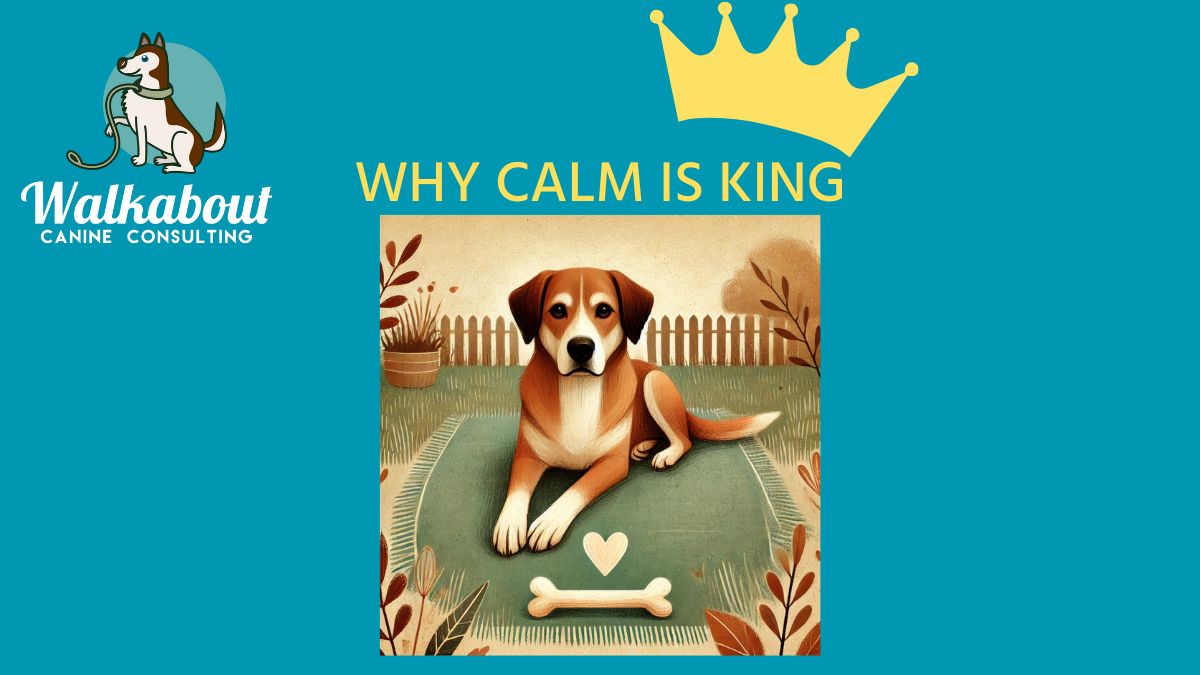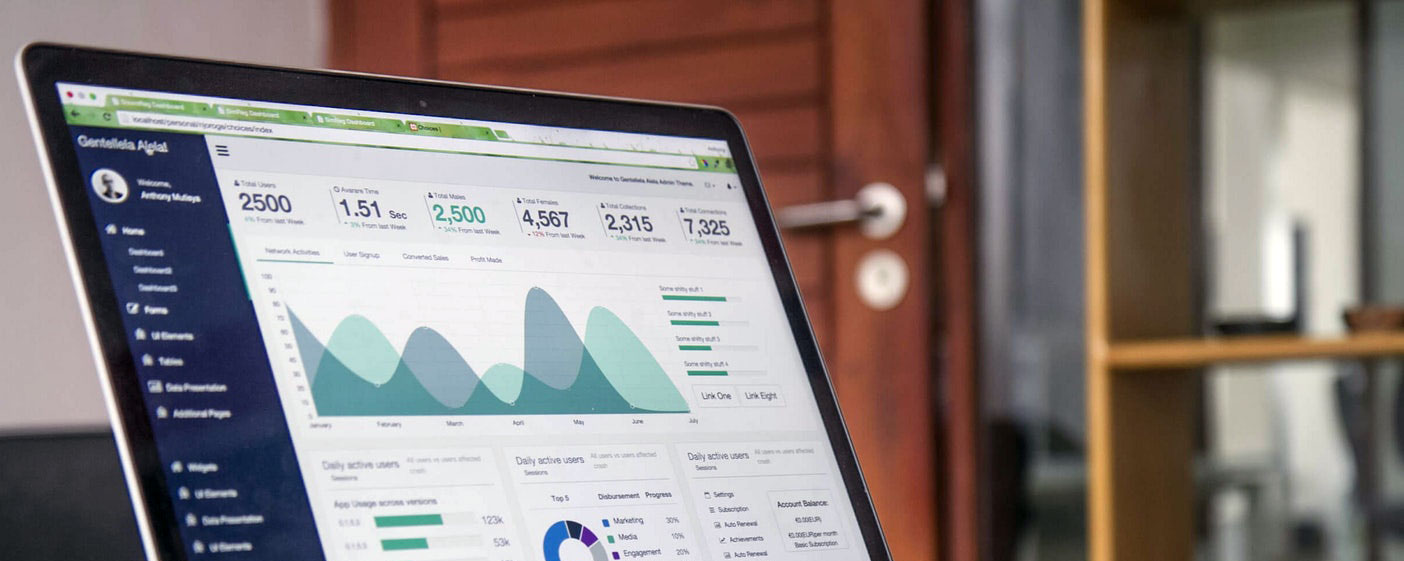Positive Dog Training & Behaviour Blog | Walkabout Canine Consulting
Unleashing your dogs potential, one concept at a time
Calmness Is King: Why Calm Dogs Make Better Choices

Teach your dog to settle and thrive. Learn why calmness is the key to better behaviour, less stress, and a happier life—starting today.
Calmness Is King: Why Calm Dogs Make Better Choices
Have you ever paused to think about what it really means to have a calm dog? Not just a tired dog. Not a dog who collapses after a three-hour hike. But a dog who can settle, rest, and make good decisions throughout the day.
It might sound simple—even boring—but calmness is one of the most powerful skills you can teach your dog. It’s a foundation that supports everything else: better behaviour, improved emotional regulation, and a more peaceful life—for both of you.
🧠 The Brain’s Behaviour Boxes
Imagine your dog’s brain as a shelf with different boxes. Each box holds a set of emotional responses. There's:
-
An Excitement Box full of barking, jumping, zoomies.
-
A Fear Box full of lunging, growling, hiding.
-
A Frustration Box where leash pulling, whining, or grabbing live.
-
And then... the Calmness Box.
The Calmness Box only contains behaviours that make life easier:
-
Calm greetings
-
Ignoring distractions
-
Relaxing around visitors
-
Loose-leash walking
It’s this box that often gets overlooked, yet it’s the one that always leads to appropriate and desirable choices. The more we fill that Calmness Box, the better our dogs’ decisions become.
🪣 Calm Dogs Have Smaller Stress Buckets
Dogs who live life at full throttle may look happy, but often they’re emotionally maxed out. A dog who struggles to “switch off” typically has a full stress bucket, meaning they are:
-
Easily triggered
-
Over-reactive
-
Exhausted but not truly restful
Every day packed with stimulation builds a more efficient, more excitable brain. That means tomorrow, they’ll wake up ready to party—before anything even starts!
🔺 The Calmness Triad
To help our dogs learn calmness, we use the Calmness Triad—three strategies that create the emotional regulation they need to thrive.
1. Passive Calming Activities
-
Chewing (e.g., Kongs, Toppls, long-lasting chews)
-
Sniffing and foraging
-
Lick mats and gentle enrichment
These activities soothe your dog’s nervous system and are a brilliant use of your “ditch the bowl” routine.
2. The Calmness Protocol
Reward calmness when you see it—don’t wait for cues!
-
Lying quietly? Reward.
-
Calm when guests arrive? Pay that!
-
Watching the world without reacting? Jackpot.
Just make sure your rewards match the moment. For excitable dogs, calm stroking or verbal praise may be better than food.
3. Active Rest
Dogs need undisturbed downtime in a quiet zone:
-
Crate, pen, or low-traffic room
-
No interruptions from people or other pets
-
Use soft music or scents if needed
Remember: calmness is not confinement—it’s a necessary pause button for the body and mind.
❌ The “Tire Them Out” Myth
You’ve probably heard it: “A tired dog is a good dog.”
But if all you're doing is ramping up walks or fetch to exhaust your dog, you’re creating an athlete with zero off switch. Long walks can add to the stress bucket instead of emptying it.
Instead of more action, give your dog more recovery time. Invest in calmness—you’ll get a better-behaved, less reactive, and more balanced dog.
🧬 Calm Gut, Calm Brain
Here's a fun fact: your dog’s gut health influences their behaviour. Over-arousal, anxiety, and even fear can upset the gut microbiome—and vice versa.
That’s why addressing calmness through enrichment, rest, and good nutrition matters. It supports:
-
Mental health
-
Physical resilience
-
Emotional balance
🐾 Final Thoughts: Make Calmness the Goal
Calmness doesn’t mean giving up fun. It means giving your dog the ability to enjoy life without becoming overwhelmed by it. It’s the difference between a dog who thrives and a dog who just survives.
You don’t need to wait until things get out of hand. Start growing calmness today—and watch your dog blossom.
 Sylvia Koczerzuk Koczerzuk
Sylvia Koczerzuk Koczerzuk 
